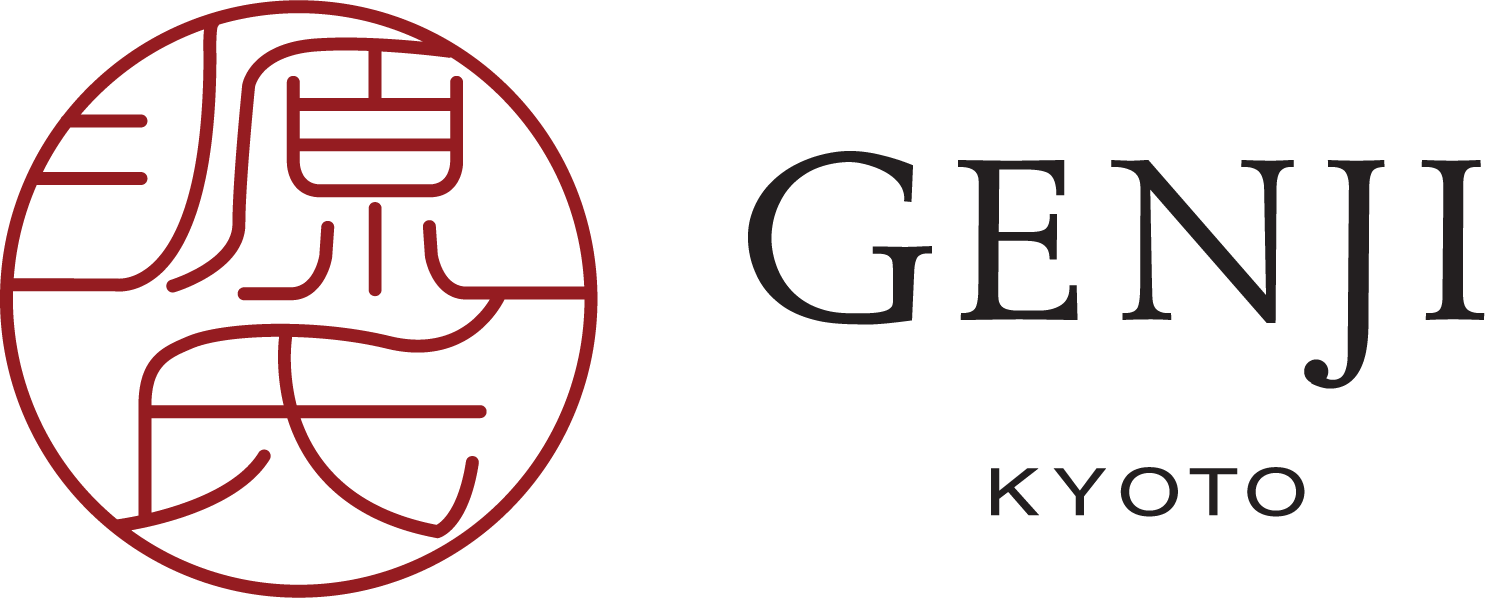Space Colony Terrariums
One of the first things you will notice as you walk into Genji Kyoto is an eye-catching glass ball hanging in the middle of our lobby. With a miniature plant inside and illuminated by LED light, it looks like a bonsai lamp. It is actually a terrarium supporting an ecosystem of plants, nutrients and recycled materials. Its creator Aki Murase (re:planter) calls it his Space Colony. Gracing our hotel are 4 of these Space Colonies with looks that change with the seasons.
While terrariums have been around since the 19th Century, when botanists of London's Kew Gardens transported plants to and from Australia, Africa and Asia in sealed glass containers, Mr Murase got his "space colony" idea from an American physicist.
"In the 1960s, American scholar Gerard K. O'Neill started researching the possibility of building domes on other planets and creating an environment where plants and other life forms can circulate. That was his Space Colony Project. From that I got my idea," said the Kyoto artisan in a recent interview.
A bit of a rebel, Mr Murase started out questioning our "consumerist society" where so much is disposable. "My work is a new method of recycling plants, disposable materials and artifacts. Therefore living objects = replanter." And that’s how his social media name, re:planter, represents a proposal for “a new value of life from Kyoto”, as he put it.
So what does he put in his terrariums, or space colonies? Soil, plants discarded by others, iron scraps, rusty cans, whatever he can pick up that can be recycled. Then he would use the approach of ikebana (the Japanese art of arranging flowers) to make his bonsai globes.
He first encountered bonsai on visits to his grandfather's house. As a child he found the miniature pine trees fascinating and would arrange his plastic model toys around them to make dioramas. Guess it was a way to play Ultraman!
But knowing how to plant bonsai is only the start. How does one create a sustainable environment inside a closed glass container?
The glass wall obviously allows in heat and light for plant growth. Moisture from plants evaporate, condense on the wall and fall back down to nourish the plants and soil. The question is how much humidity, and how much light. Too much moisture, and mold will grow to damage the plants. Too much light, and the top plant will grow too fast and large, blocking the light for those underneath.
For his terrariums, Mr Murase substitutes LED light for sunlight so that the intensity of light can be controlled by a remote. He also creates devices that adjust air circulation which affects humidity. When humidity reaches 75%, a fan goes on and air is discharged to reduce pressure. When humidity falls, the fan stops and air is let back in. It works like aircraft circulation. The only thing that can't be done by IOT (internet of things) is watering! His terrariums, like all other terrariums, need to be watered by hand and this is done every 2 weeks.
Mr Murase started collaborating with Genji Kyoto through an introduction by our garden designer Marc Peter Keane, who created for us a Zen garden in the lobby, small tsubo gardens on every floor, and a beautiful Sky Forest Garden on the roof. The 2 artists share a zen approach to gardens, nature and sustainability. We think their works are stunning and have greatly contributed to the uniqueness of our hotel's design, style and ambience.
